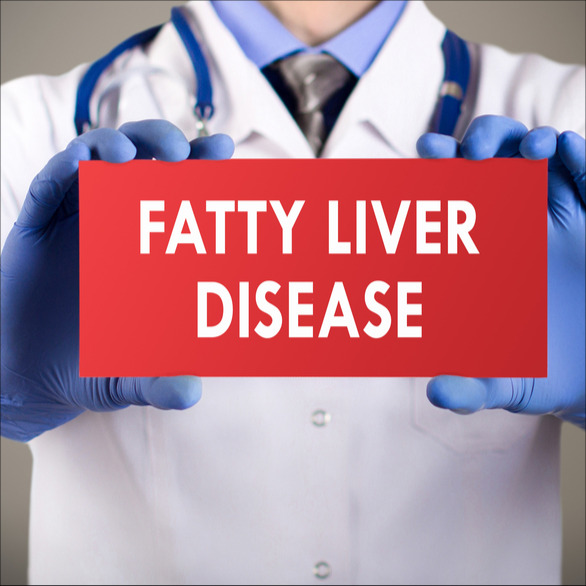
Fatty liver
Understanding and combating fatty liver: causes, symptoms and treatment options
Fatty liver, also known medically as steatosis hepatis , is one of the most widespread liver diseases in the world.
Many people live with fatty liver without realising it, as the disease is often asymptomatic in its early stages.
However, despite its prevalence and the potential danger it poses, there are effective measures for prevention and treatment. In this comprehensive article, will tell you everything you need to know about the causes, symptoms and treatment options of fatty liver.
What is a fatty liver?
Fatty liver is a disease in which too much fat accumulates in the liver cells.
This can impair the function of the liver and lead to inflammation, which can eventually cause more serious liver diseases such as fibrosis, cirrhosis or even liver cancer.
There are two main types of fatty liver disease: alcoholic fatty liver disease (AFLD) and non-alcoholic fatty liver disease (NAFLD).
Causes of fatty liver
Alcohol consumption
Excessive consumption of alcohol is one of the most common causes of fatty liver. Alcohol is metabolised in the liver, which can lead to an accumulation of fats if consumed in excess.
Diet and lifestyle
A diet rich in saturated fats, sugar and processed foods can also cause a fatty liver. Obesity, especially the accumulation of abdominal fat, significantly increases the risk . Lack of exercise also contributes to the problem.
Genetic factors
The tendency to develop a fatty liver can also be genetic. Some people have a higher risk due to their genetic predisposition, regardless of their lifestyle.
Symptoms of fatty liver
In the early stages, fatty liver does not usually cause any symptoms. However, when symptoms do occur, they may include the following:
- Fatigue and general malaise
- Weight loss or loss of appetite
- weakness
- upper abdominal pain
- enlarged liver
As the disease progresses, more serious symptoms such as jaundice, swelling in the abdominal area or an increased tendency to bleed may occur.
Diagnosis
The diagnosis of a fatty liver is usually made by a combination of medical history, physical examination, blood tests (to check the liver function) and imaging procedures such as ultrasound, CT or MRI. In some cases, a liver biopsy may also be necessary.
Treatment options
Lifestyle changes
Treatment of fatty liver usually begins with lifestyle changes. These include:
- Reducing or eliminating alcohol consumption
- A healthy, balanced diet with plenty of fruit, vegetables and wholemeal products
- Regular physical activity
- Weight loss if you are overweight or obese
Medication treatment
In some cases, medication can also be used, to improve liver function, reduce inflammation or treat concomitant diseases such as diabetes.
Surgical options
In severe cases or if there is significant fibrosis or cirrhosis, a liver transplant may be the only option.
Prevention
The best strategy to prevent a fatty liver is to lead a healthy lifestyle. This includes a balanced diet, regular exercise, a healthy body weight and abstaining from excessive alcohol consumption.
Conclusion
Fatty liver is a serious disease that can often be managed with a healthy lifestyle and targeted treatment methods at .
It is important to look out for the first warning signs and seek medical advice if you suspect liver disease. With the right measures, it is possible to control the fatty liver and prevent further damage to the liver.
Become a member now
As a member, you will receive further information and frequencies on this topic! Log in here!
